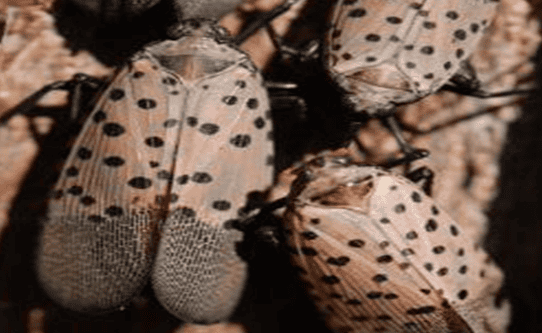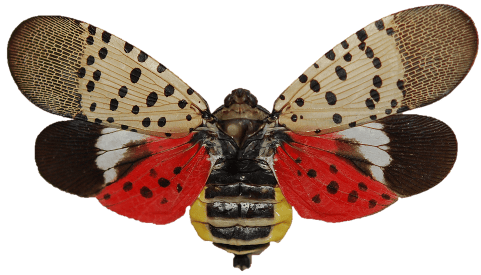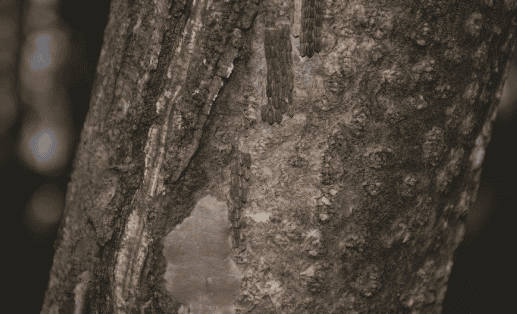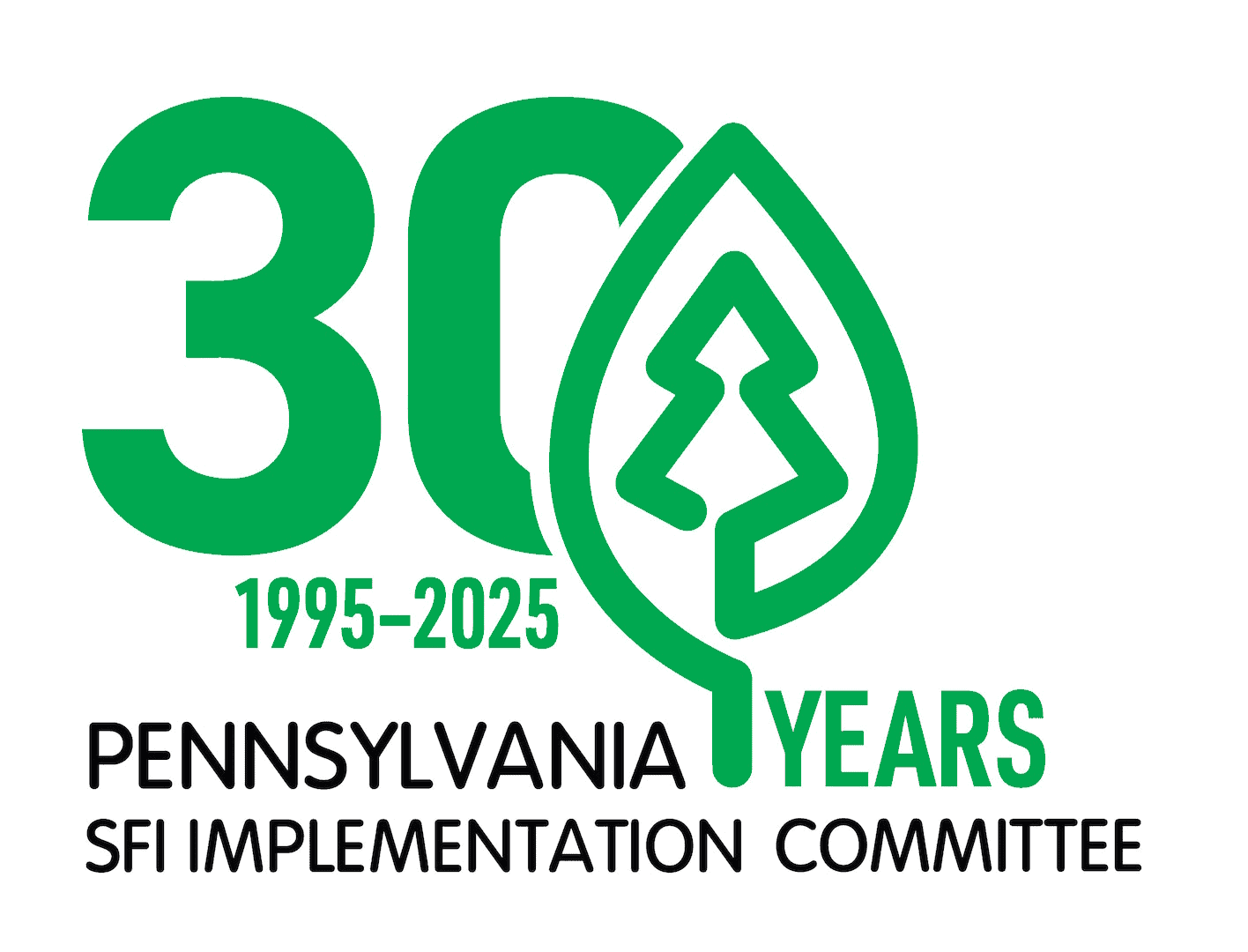
SPOTTED LANTERNFLY



On September 22, 2014, the Pennsylvania Department of Agriculture, in cooperation with the Pennsylvania Game Commission, confirmed the presence of spotted lanternfly (Lycorma delicatula, (WHITE)) in Berks County, Pennsylvania — the first detection of this non-native species in the United States. Spotted lanternfly has the potential to greatly impact the viticulture (grape), tree fruit, plant nursery and timber industries across the United States. On November 1, 2014, after determining that the potential impact to Pennsylvania’s agricultural economy and natural resources was great, the Pennsylvania Department of Agriculture issued a quarantine with the intent to restrict the movement of spotted lanternfly. That quarantine has spread across most of Pennsylvania.
Every landowner, logger, forester, and primary and secondary mill should be extremely vigilant to make sure that they, their work and/or facility does not move spotted lanternfly. Anyone operating within or near the quarantine are required to take extreme measures to assure they are not moving egg masses or various life stages of spotted lanternfly. Refer to best practices under Additional Resources. Detection is vital to the effective control of this pest and everyone should learn to identify the seasonal life stages of spotted lanternfly.
ADDITIONAL RESOURCES:
- PA Department of Agriculture – Spotted Lanternfly
- PA Department of Agriculture – Quarantine
- Penn State Extension – Spotted Lanternfly
- USDA – Spotted Lanternfly
- Recommended Best Practices for Pennsylvania’s Forest Products Industry Related to Spotted Lanternfly
- Spotted Lanternfly Permit Training for Businesses: Pennsylvania – The Pennsylvania Department of Agriculture (PDA) has a permitting system for businesses, municipalities, state and federal agencies, and other organizations working within the quarantine zone. Training and testing are now required in order to receive a permit.

